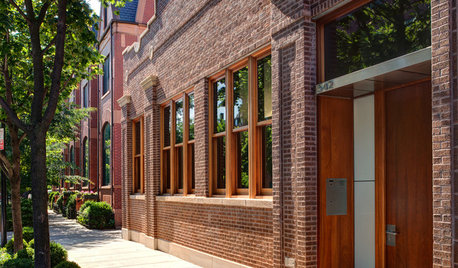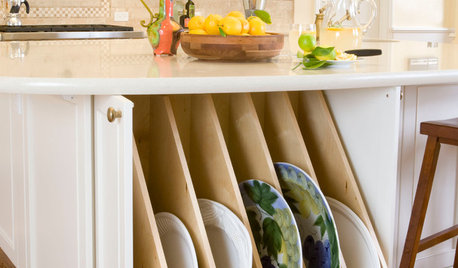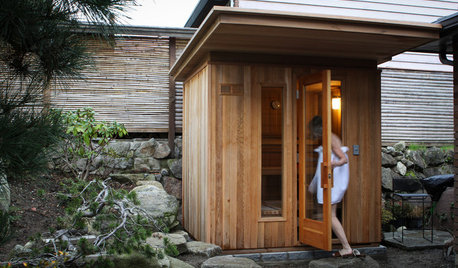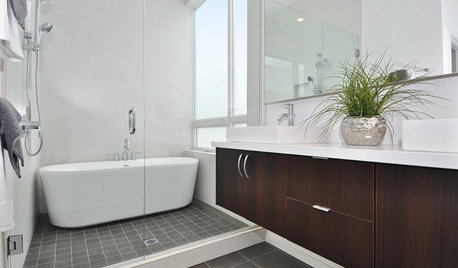Convincing inspectors high-loop installation does not need airgap
lalithar
12 years ago
Related Stories

REMODELING GUIDESBathroom Workbook: How Much Does a Bathroom Remodel Cost?
Learn what features to expect for $3,000 to $100,000-plus, to help you plan your bathroom remodel
Full Story
HOUZZ TOURSHouzz Tour: A Three-Story Barn Becomes a Modern-Home Beauty
With more than 9,000 square feet, an expansive courtyard and a few previous uses, this modern Chicago home isn't short on space — or history
Full Story
GREEN BUILDINGThe Passive House: What It Is and Why You Should Care
If you don’t understand passive design, you could be throwing money out the window
Full Story
EARTH DAYThe Case for Losing the Traditional Lawn
Work less, help the environment and foster connections by just saying no to typical turf
Full Story
REMODELING GUIDESCool Your House (and Costs) With the Right Insulation
Insulation offers one of the best paybacks on your investment in your house. Here are some types to discuss with your contractor
Full Story
KITCHEN DESIGNHow to Choose the Right Hood Fan for Your Kitchen
Keep your kitchen clean and your home's air fresh by understanding all the options for ventilating via a hood fan
Full Story
BATHROOM DESIGNDreaming of a Spa Tub at Home? Read This Pro Advice First
Before you float away on visions of jets and bubbles and the steamiest water around, consider these very real spa tub issues
Full Story
KITCHEN STORAGE13 Popular Kitchen Storage Ideas and What They Cost
Corner drawers, appliance garages, platter storage and in-counter knife slots are a few details you may not want to leave out
Full Story
OUTBUILDINGSMy Houzz: A Tale of 2 Saunas
A trip to Finland, an inspiring photo and a twinge of envy lead two Seattle couples to build their versions of a dream sauna
Full Story
BATHROOM DESIGNWhy You Might Want to Put Your Tub in the Shower
Save space, cleanup time and maybe even a little money with a shower-bathtub combo. These examples show how to do it right
Full Story






asolo
gardyloo
Related Professionals
Ballenger Creek Kitchen & Bathroom Designers · Fox Lake Kitchen & Bathroom Designers · Hybla Valley Kitchen & Bathroom Designers · Pike Creek Valley Kitchen & Bathroom Designers · Auburn Kitchen & Bathroom Remodelers · Elk Grove Village Kitchen & Bathroom Remodelers · Glen Allen Kitchen & Bathroom Remodelers · League City Kitchen & Bathroom Remodelers · Spanish Springs Kitchen & Bathroom Remodelers · Upper Saint Clair Kitchen & Bathroom Remodelers · Newcastle Cabinets & Cabinetry · Red Bank Cabinets & Cabinetry · Tinton Falls Cabinets & Cabinetry · Wells Branch Cabinets & Cabinetry · Bellwood Cabinets & Cabinetrybreezygirl
lalitharOriginal Author
kaseki
attofarad
zartemis
jsceva
davidro1
asolo
kaseki
jsceva
kaseki
davidro1
kaseki
antss
asolo
antss
asolo
antss
kaseki
sean_m
marcolo
antss
davidro1
kaseki
antss
asolo
jsceva
dixiedarlin10
Seattleinspector
gwlolo